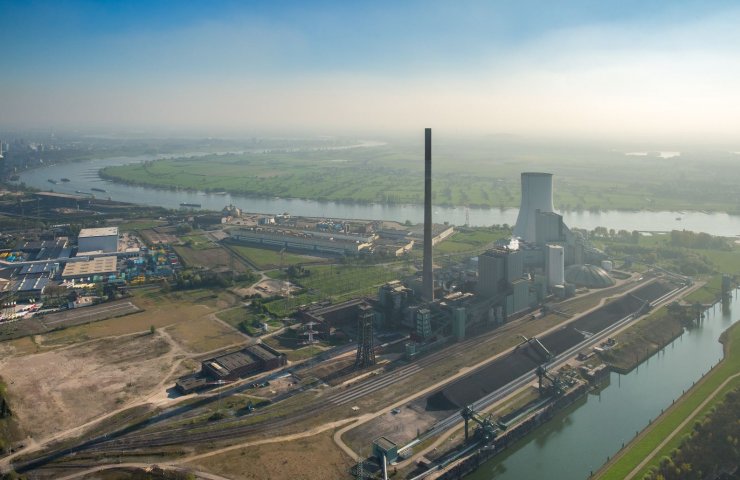The first hydrogen hub will be created in Duisburg, Germany by STEAG and ThyssenKrupp
Essen-based energy company STEAG, Duisburg-based steelmaker ThyssenKrupp Steel and Dortmund hydrogen supplier Uhde Chlorine Engineers are working on a joint feasibility study for the world's first hydrogen hub.
The subject of discussion is the construction of a water electrolysis plant at STEAG in Duisburg-Walsum by Uhde Chlorine Engineers, the structuring of energy supply and electrolysis operations by STEAG, and the supply of green hydrogen and oxygen to the ThyssenKrupp steel plant in Duisburg's Bruckhausen neighborhood.
All three parties plan to participate as investors and will focus on private and public funding.
The recently adopted hydrogen strategies of the state of North Rhine-Westphalia as well as the federal government and the European Union emphasize the importance of hydrogen for a climate neutral society.
Through its climate strategy, ThyssenKrupp Steel will create an ever-growing and reliable demand for clean hydrogen in the coming years. The company will initially replace some of the carbon used in existing blast furnaces and then use hydrogen fuel in new direct reduction plants.
The metallurgical company expects that in the coming years, about 20,000 tons of "green" hydrogen per year will be required to modernize the blast furnace. This demand will grow to approximately 720,000 tonnes per year by 2050 due to the gradual restructuring of the production park. With an output of up to 500 megawatts (MW) of planned electrolysis at the site, STEAG can already provide about 75,000 tonnes of green hydrogen per year - enough for the first direct reduction steel plant.
